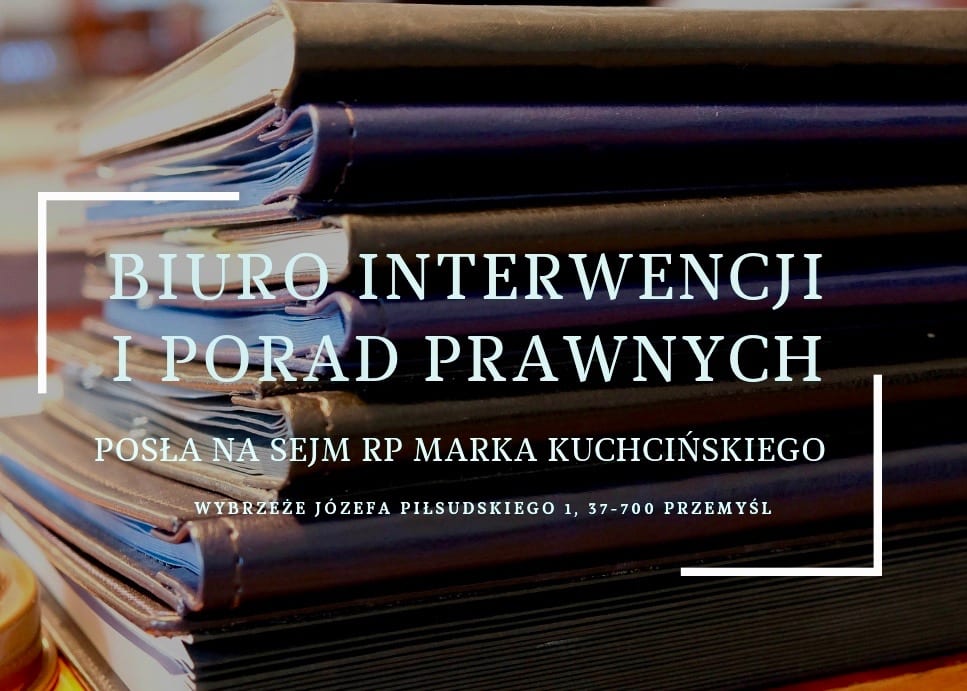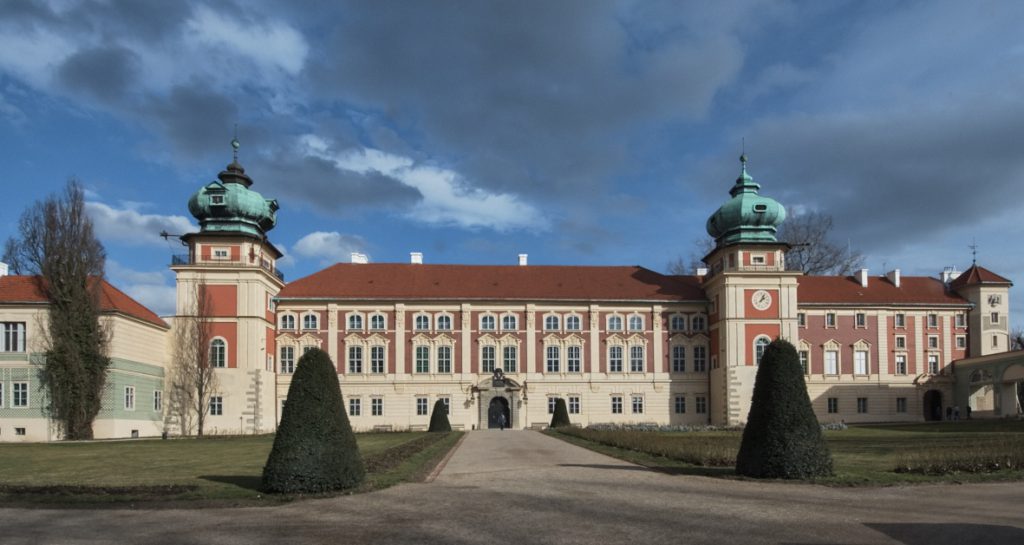
I presented the assumptions of the draft discussed below on September 25, 2018 at the meeting of the General Committee on Economic Affairs of the Parliamentary Assembly of the Central European Initiative in the Sejm https://youtu.be/lRsqjmYg8LM. The topic of the meeting was, among others, the Via Carpatia road project. It is a new transport route leading from the south to the north through countries with common cultural and historical roots, which for years remained in the Soviet sphere of influence. It runs along the eastern border of the European Union and should strengthen and promote not only the economy but also the regional diversity of cultural heritage. This will develop the theme of the Łańcut meeting of the V4 countries on 14 X 2016 when the Presidents agreed that "Europe is first and foremost about culture. It is not only a question of preserving, but above all of developing national cultures.
Apart from the implementation of the above mentioned plan, numerous events should be organised to promote culture and art of the countries in this part of Europe under the title "ABC Trimarium" (where "a", "b" and "c" stand for the first letters of the sea names in Polish: Adriatic, Baltic and Black). It would be a series of meetings with the culture and art of the Tri-Moravian countries combined with the presentation of photo exhibitions, film, theater, music and meetings with people of culture and science. All this is - in my opinion - a good and sufficient "pretext" to prepare an international meeting of ministers of culture (and maybe tourism?) in Łańcut (sic!).
We received the last Via Carpatia meeting in Lancut on April 17, 2019 with immense joy that we are given the opportunity to participate in these historic events. We feel obliged by the beautiful words of the late Prof. Lech Kaczynski, President of Poland, which he said in Lancut in 2006. We very much want to fulfill these wishes.
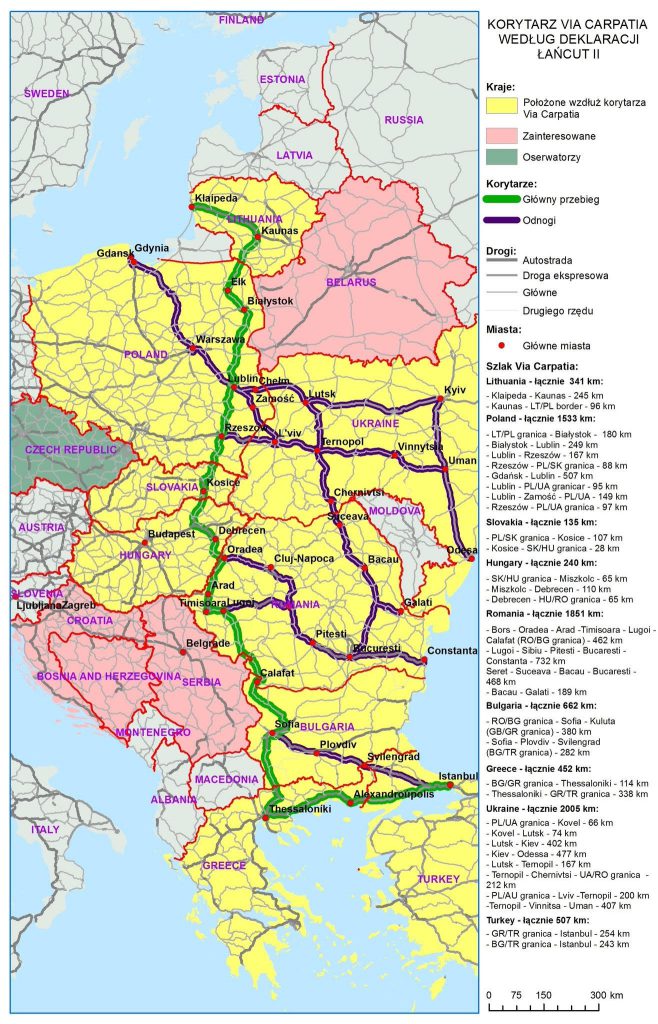
I think that the cooperation of other institutions along this Heritage Route can be further extended to include universities, philharmonics, theaters, etc. It is a great field for international cooperation and at the same time creating opportunities for mutual learning about cultural heritage and contemporary events in the fields of culture, art and science.
Cyclical seminars devoted to mutual relations and ties between the countries of Central and Southeastern Europe throughout history, including elements of their history, customs and historical geography, may be very important. These activities will be complemented by one or several days of "Heritage Holidays" for adults who would like to learn more about the national identity of the countries in the Tri-Cities. These meetings should consist of different periods devoted to a particular topic and its differences in perception in each country or a particular artistic or cultural field. It will also be possible to organize monographic lectures devoted to places of remembrance in the various countries of the Tri-Portuguese region, both in the topographical as well as in the metaphorical sense.
A program structured in this way will not only promote these countries, but can also help build relations between the peoples living there, strengthen the sense of belonging to the area and respect for history and the continuity of traditions (national and state holidays, cherishing the memory of places of great events and heroes associated with them).
Almost all the countries in this region were conquered and enslaved for years. They once had a common enemy who did everything he could to drive these countries apart - which in a great many cases (unfortunately, too many) he succeeded in doing. The foundation of the collective identity of these countries is a constant desire for freedom, sovereignty and independence. It is high time to talk about this difficult past in the name of the future. These countries are united by their struggle against communist dictatorship. It is necessary to cherish the memory of those thanks to whom freedom was regained and to present the changes of freedom. All talks should be conducted with full respect for partners. Certainly, difficult subjects cannot be avoided, but the will to resolve them should be visible from the very beginning. The goal is to overcome all existing divisions and to build a great and strong community of nations in the Tri-Morocco region and to present this unity of the border European countries to the outside world. The most important for them is the community of states preserving their national sovereignty, dreaming about the creation of the Union of Tri-Cities, being a strong and important group in the European Union.
In the future the Hunting Palace in Julin, located in close proximity to the A4 Motorway and the Via Carpatia, could be such a perfect central place for the activities related to the Tricity. It has all the possibilities to become a special place, where the close relationship between the nation and the state, which is a cultural unity, is nurtured. A place where with the active participation of the countries along the Tri-Moroccan Heritage Route the sense of belonging to the Region will be awakened and nurtured, where the national cultures of these countries will be presented on an equal footing and the community of this part of Europe will be nurtured.
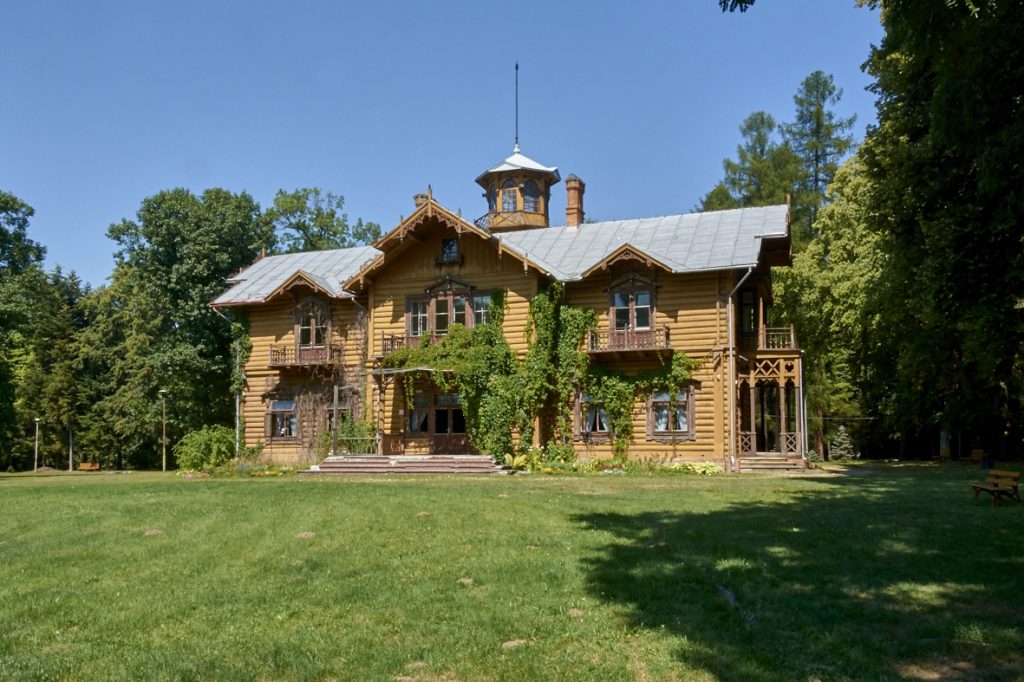
Below, allow me to provide an extended draft of my September 2018 speech.
Wit K. Wojtowicz
Director of the Castle Museum in Łańcut
Łańcut, April 10, 2020
Via Carpatia - the road of cultural heritage
On 27 October 2006 a very important meeting, of great importance for a number of Central European countries, took place at the Castle in Lancut.
On the initiative of Poland, the International Conference "One Road - Four Countries" was organized in Lancut. It was held under the patronage of the late Prof. Lech Kaczyński, President of Poland. In his address to the conference participants he said ... it is an excellent idea that this conference was convened here, in Łańcut, in one of the most beautiful palaces that we have managed to preserve. Let this Łańcut, which is a symbol of magnificence, also be a symbol of understanding between countries that are all in the EU and NATO today...'. In the presence of the President, the Ministers of Transport of Hungary, Lithuania, Slovakia and Poland signed the Declaration of Lancut. The aim of this Polish initiative of international scope is the implementation of the investment of strategic importance for Central and Eastern Europe called VIA CARPATIA. It is to become a new, very important and significant link between northern and southern Europe. Initially it was to run through four countries: Hungary, Slovakia, Lithuania and Poland. Accession of new countries to the EU created a chance to expand this project. On the next meeting in Lancut on 22nd October 2010, Romania, Bulgaria and Greece joined this international project. This created an opportunity to connect seven countries and three seas. Another important meeting for the realization of the transport route took place on 3 March 2016 in Warsaw - the Łańcut Declaration II was signed then.
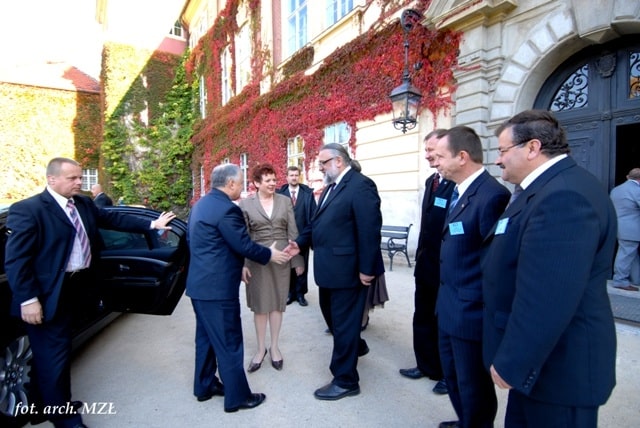
In 2015, on the initiative of the presidents of Poland and Croatia, Mr. Andrzej Duda and Ms. Kolinda Grabar-Kitarović, the Tri-Mora Group was established. The first summit of this group took place in August 2016 in Dubrovnik and the second one in July last year in Warsaw. One of the cooperation goals of this group is also the development of Via Carpathia.
On 7 November 2016, a conference organized by the Marshal of the Podkarpackie Region Mr. Władysław Ortyl entitled "10 years of the Lancut Declaration - Via Carpatia today, challenges for the future" was held at the Castle in Lancut. In the presence of the Prime Minister Ms. Beata Szydło, the "Cooperation Agreement for the Construction of the Via Carpatia Transit Corridor" was signed. This road transport route leads along the eastern border of the European Union from Klaipeda in Lithuania through Poland, Slovakia, Hungary, Romania (where it forks towards Constanta and through Bulgaria to Sofia and then to Thessaloniki in Greece). With the establishment of the Tri-Morocco Initiative the following countries from the Tri-Morocco group joined the seven countries which co-created the Via Carpatia project in the first stage: Croatia, Slovenia, Austria, Czech Republic, Estonia and Latvia. Thanks to the planned additional forks in the road, in the future the route will connect not only all the countries of the Tricity, but also some countries of South-Eastern and Northern Europe. Unfortunately, so far a rather popular perception of Via Carpathia is to see it only as a transport route for the movement of various goods. In addition to the very strongly articulated economic thread, there is another extremely important one, although absent in almost all considerations about Via cognition. Thus, Via Carpatia will become the heritage route of the countries located between the Adriatic, Baltic and Black Seas. This creates the basis for calling it The Tri-Maritime Heritage Route, or - VIA HAEREDITATIS TRIMARIUM. This program will not only promote these countries, but will also serve to help build relations between the nations and familiarize them with their heritage, customs, history and cultural landscapes. Geographical proximity will facilitate cooperation in both culture and science. It is necessary not only to present this unity externally, but first and foremost to build it precisely in this region. The future of our countries depends on our joint action. We must further strengthen the synergy that already exists between us. It is obvious that without economic development, culture will not develop.
The Via Carpatia is an extremely important project in economic terms, but it is also high time to talk about all the cultural factors that justify the construction of this project. The creation of a new communication network will facilitate the development of tourism. Education is also very closely related to this. We should talk more and more about our cultural identity, national heritage, all these memorial sites and cultural markers. Let us show our neighbors the beauty of our countries, their cultural resources, and landscapes. After all, this cooperation between the countries in this part of Europe is not in competition with the EU, but will be a valuable addition to it.
As I mentioned earlier, the Lancut Declaration initiating the creation of the Via Carpatia was signed at the Castle in Lancut, a fact which we at the Museum value highly and are proud of. We began to think about how this new transport route could be used in the future. Soon the initial idea, limited only to promoting the Castle in Lancut, grew tremendously. This next project was a cultural tourism programme covering the areas along the Via Carpatia, the Polish section of which is about 100 km wide. It was then planned to create a trail of memorials showing tangible and intangible cultural heritage. There would be presented mansions, park and garden complexes, cultural landscape, monuments of sacred architecture, folk art, etc. With time, another idea was born to prepare other similar tourist attractions along the Via Carpathia, along its entire length from Klaipeda to Thessaloniki, in cooperation with other museums based near this route. One of the complementary projects could be the Virtual Museum of Central and South-Eastern European Countries presenting history, culture and art, tangible and intangible heritage of all the countries of the Tri-Portuguese region. It will not only be a compact tourist offer of the Tri-Portuguese countries and manifestation of the Central European unity, but first of all its physical construction in our region.
What then is to be VIA HAEREDITATIS TRIMARIUM? Above all for the countries of Central and South-Eastern Europe it should be a defense against foreign scorn and your own self-doubt. These words, spoken on January 16, 1918 by Prof. Władysław Konopczyński, an outstanding Polish historian at the turn of the 19th and 20th centuries. - These words by Władysław Konopczyński, an eminent Polish historian at the turn of the 19th and 20th centuries, uttered on 16 January 1918 during an introductory lecture at the Jagiellonian University when he assumed the chair of history, perfectly reflect the sense of common action between the countries of this part of Europe, sometimes referred to as "the Third" or simply as "Borderland Europe".
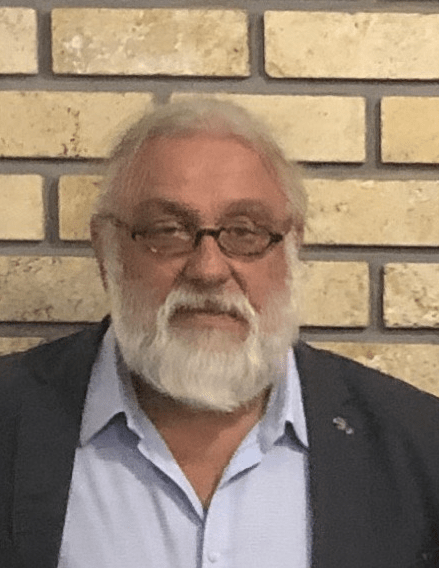
Director of the Castle Museum in Łańcut


